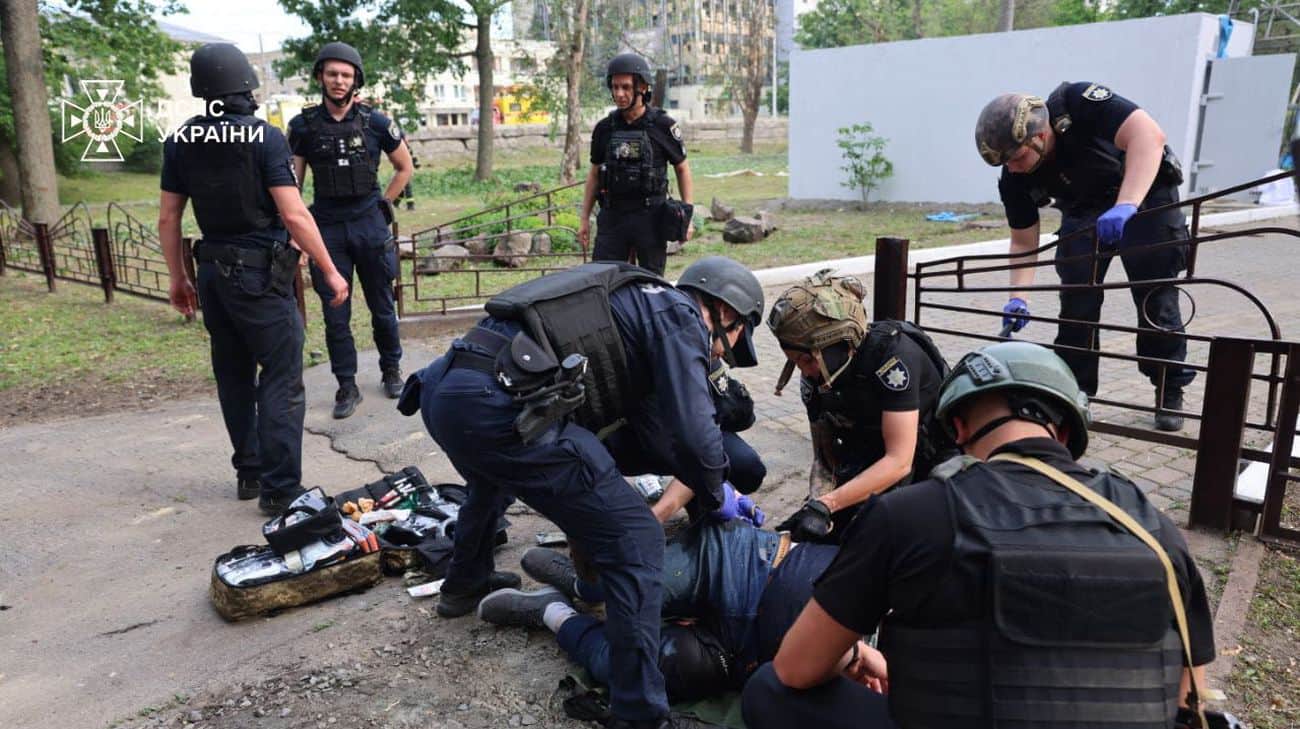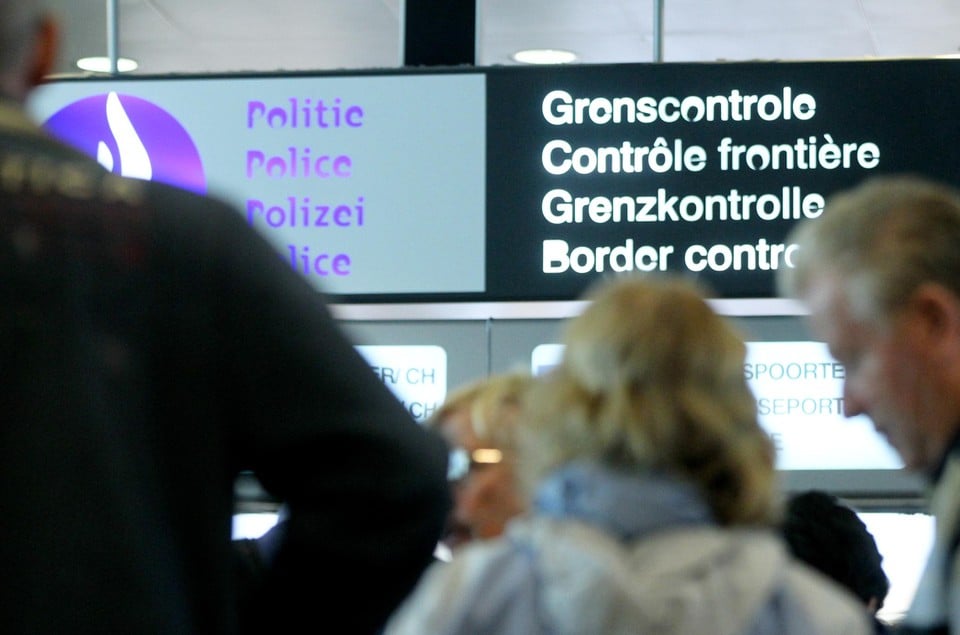How many votes are needed for an MP in the May 11th elections

Theoretically, the 140 deputies of the Albanian Parliament represent the political body, which, in the May 11 elections, consists of 3.7 million voters.
This is only theoretically, because a considerable part has been in emigration, many for decades and consequently part of the political troupe only nominally.
In the 2021 elections, when the number of voters in the civil registry was 3.59 million people, the participation was 46% and, on average, approximately 12,000 voters issued an MP.
Considering that some of the votes were invalid, and some went to small parties and independent candidates, who did not produce mandates, all four parties who received mandates received an average of 11,000 votes per seat.
The D-Hondt formula of the highest averages is known to favor the largest party. Consequently, nationally, the Socialist Party won each of its 74 seats for every 10,400 votes.
The Democratic Party received each of the 59 seats for approximately 10,600 votes while the Social Democratic Party received three terms with an average of 11,800 votes.
The Socialist Movement for Integration, today the Freedom Party, received only four terms, although it collected 108,000 votes nationally, with an average of 27,000 votes for mandates.
The number of votes needed for mandates in each district in the May 11 elections will depend on the participation, which is something unpredictable.
Albania undergoes strong demographic changes every year and the 2023 Census found in Albania approximately half a million people less than the 2011 census, which suggests an annual decline in resident population by about 40,000 people and an annual decline in the voting population with about 30,000 people.
This means that between the 2021 and 2025 elections, about 120,000 voters may have left.
But this is impossible to know accurately because, while it is certain that there was a population decline between the Census and the Census, we cannot know if this population decline has happened uniformly throughout the period or there have been years when the decline was stronger and other years when it was less.
In this election, participation is expected to be affected by about 246,000 Albanians who have been registered to vote by mail.
If these all vote, the participation is likely to be higher than in 2021 and consequently, the number of votes needed to capture the last mandate will be higher.
The D-Hond formula divides the number of votes that each party has received, first by 1, then 2 and on, until the mandates to be separated.
The party that comes out of the highest time from division takes the mandate. Consequently, what is discussed, and which is determinant of the overall election outcome, is the so -called last term.
This is also the mandate that is practically aimed at all small parties, especially in Tirana.
The last term is divided into each district depending on the participation. In the 2021 elections, participation in Tirana was particularly high, 53% compared to the national average which was 46%.
This means that the last mandate in Tirana was won with 12,000 votes while, in Debar, the last term was won with 7255 votes. The other circuits are between these two digits as in the graph.
In Shkodra, the Social Democratic Party managed to grab two terms with little more than 16,000 votes.
Burning votes help the great
The 2021 election data suggests that many key mandates for the majority were won thanks to « burnt votes », ie votes won by small parties, mainly the SMI.
In the Durres and Berat counties, the SMI lost its mandate for only a few tens of votes. Consequently, the division of the main opposition into four competing coalitions, Berisha-Meta, Shehi-Alibeaj, the Shehaj Opportunity Party and the Basha Euro-Atlantic, suggests that in many circles there will be many votes that will fail to produce mandates.
The mandates lost by these parties will fall into the lap of the political force that receives the simple majority in each district.





